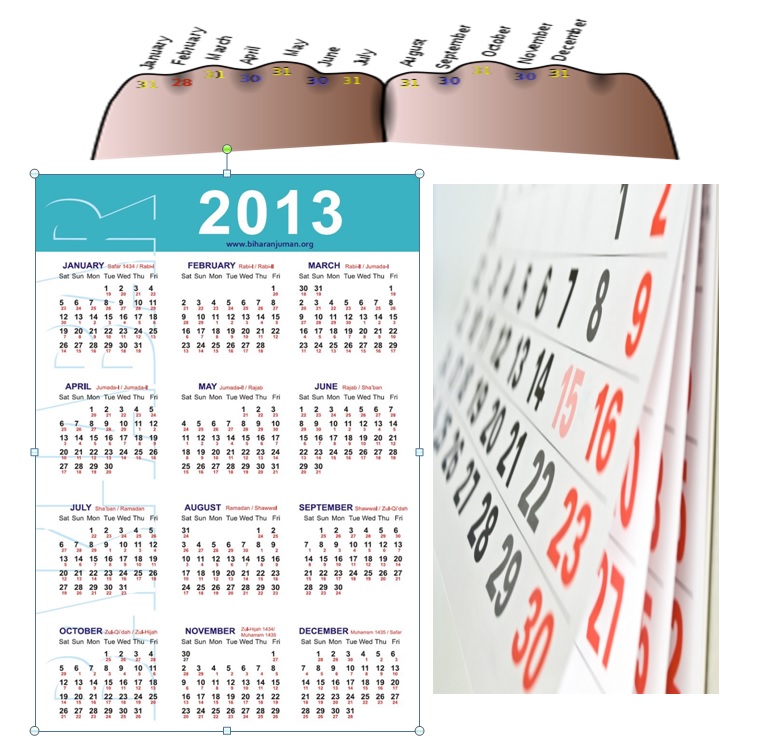
The Spanish Gregorian calendar Submitted by: Kimia Nawshin

Summary:
The Gregorian calendar inveted in 24 February, 1582 by Pope Gregory XIII is now the international calendar. This calendar consists of 12 months, about 4 weeks in each month, and 30 or 31 days in each month except for February which has 28 or 29. The Gregorian calendar in total has 365 days except for the leap year in that case it has 366 days, the extra one day is added to make February the 29th (leap day).
Why was it made? Why was it so important to make a new calendar?
Before the Gregorian Calandar was introduced, the Julian Calendar was followed by the Europeans. When first the Julian Calendar was used the solstices and equinoxes occures on the 25th day of the month. But as the time passed by around the 1500s, the equinoxes occurred on the 11 th day of the month and in 1582 the spring equinox fell on april instead of march. This meant the Julian calendar was innacurate, since the equinoxes were now falling on the wrong date; it also meant that the Christians that celebrated Easter were given the wrong date. Because Easter was such a important (holliest) event for the Roman Catholic Church, to solve the problem Pope Gregory XIII decided to skip 11 days in the Julian calendar. He announced that the following Thursday, October 4,1582 would be Friday, October 4,1582 and the Gregorian calendar was made.
http://www.timeanddate.com/calendar/gregorian-calendar.html
http://en.wikipedia.org/wiki/Gregorian_calendar
Textbook